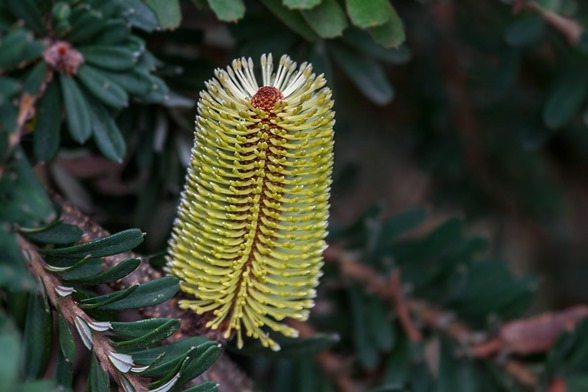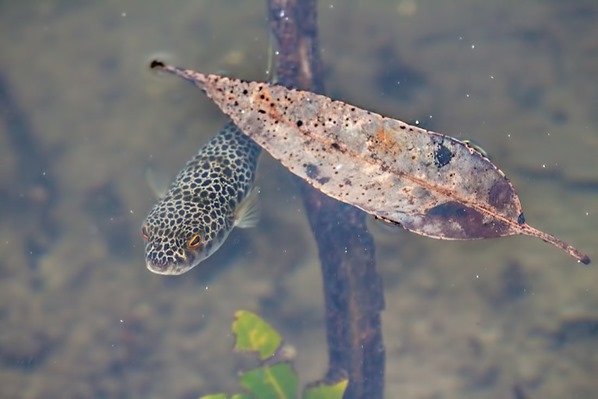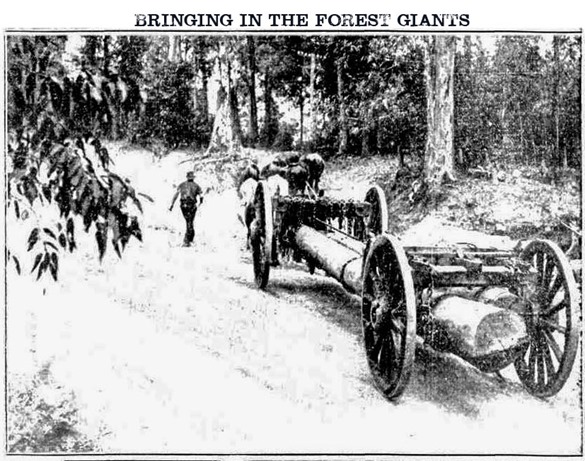 |
29 January 2016
27 January 2016
Wirreecoo Garden’s January flowers
Lady Denman
26 January 2016
“I thought she was gone”
| The S.S. Allowrie – the life and times of this stout little steamer. |
| The S.S. Allowrie
1889 - She sustained a large hole in her bow after running into a pier in Wollongong Harbour and had to be beached for repairs. 1900 a 63 year old passenger suffocated on board in front of his wife and fellow passengers, the autopsy showed he had a piece of meat caught in his wind pipe. 1900 During a full force gale the Allowrie went to the assistance of the 4 masted Drumalis which was drifting helplessly in close proximity to the rocks in Wreck Bay. - Continue reading about the Drumalis from a previous post. 1903 - Despite many doubting it could be done by such a large vessel, she successfully negotiated the Shoalhaven River, well known at the time for it's sand bars and rocks, she docked at Nowra Wharf in front of a large gathering of onlookers. 1907 During one of her trips south she encountered very heavy seas, tossed about quite severely she was lucky to escape disaster after one of her propellers had all it's blades stripped clean off the shaft, she limped into Botany Bay for safety. 1908 - On a trip to Tathra one of her crew was sleeping on a pile of timber on the deck, the ship lurched and he was tossed over board and despite an extensive search was never seen again. 1910 the Allowrie was out of service, in the later half that year she was dismantled, leaving nothing but a hulk. |
| “Allowrie” Aboriginal word meaning “pleasant place near the sea” or “high place near the sea” |
25 January 2016
South Coast News
22 January 2016
Wandandian 1935
Tomerong News 1866
| Gun powder and Brandy. |
 |
20 January 2016
Gale off Jervis Bay nearly claims another ship
| April - May 1870 - The weather along the coast had been frighful. The coast had been lashed with torential rain and strong winds and monsterous seas, flooding at Windsor saw the water rise over 20 ft above normal, Penrith, Dunbar and Wagga Wagga were all flooded, Yass had it's new bridge washed away. 4 people were drowned in the Shoalhaven. |
| The schooner Alcandre. |
| After a harrowing time the schooner Alcandre bound from Newcastle to Melbourne, put into Port Jackson, in a distressed state. |
|
|
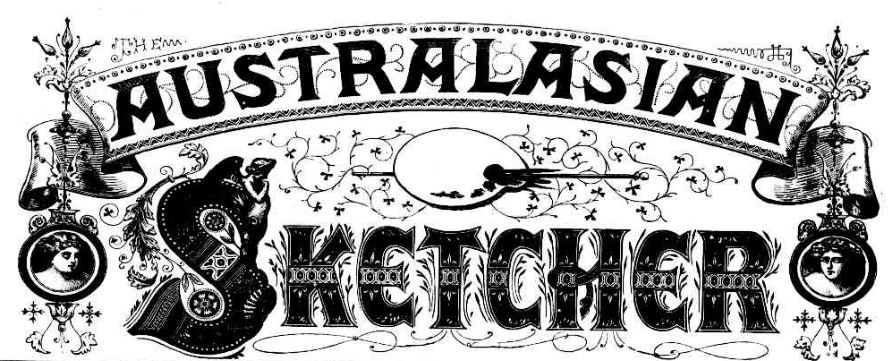 |
| The schooner Alcandre broke up in 1877 and the remains of her hull could be seen rotting in the water near the Lime Loading wharves at Waratah Bay Victoria, as depicted in this wood carving featured in the Australasian Sketcher 1879. |
 |
17 January 2016
Words of appreciation.
 |
| We recieved a nice comment from one of the Settree family, we don’t know who because they signed it ‘Anonymous”, It’s a credit to the past volunteers who spent many hours gathering information, photographs and recording the rich heritage of Jervis Bay and the surrounding districts. |
| Anonymous 8 January 2016 at 15:53 |
| It was a pleasure to visit, and being a Settree, I knew of the history but had no pictures so I have now, and so glad wonderful people did such a great job in making all this happen. Good on you! |
| Link to the story and the comment. |
14 January 2016
A fishing tale of three men in a boat from Jervis Bay 1929.
| Jervis Bay Snippets - The Blue Mountain Star Saturday 26 October 1929, |
| Messrs, B.G. Lambert, Jim Murphy and Bernie Neenan were on a fishing trip to Bernie makes no claims to be another George Washington, but when he tells you a story earnestly you may safely accept it. One morning Bernie had hooked a nice red bream and was pulling him in, when a swift swimming barracuda swallowed the bream. Bernie went on hauling, when suddenly from the depths a blunt, nosed monster swallowed the barracuda, and Bernie had nothing to haul. The shark had the bream, the baracuda, as well as the lead and hooks. Bernie's face was a study, but with resignation in his voice he said;- "What do you think of that boys? I think I'd like to have a beer." He had it. |
Jervis Bay Signal Flags
| Each coastal port is numbered and flags indicating that port are flown when necessary. These two flags represent Jervis Bay and are designated by the numbers 4 and 6 |
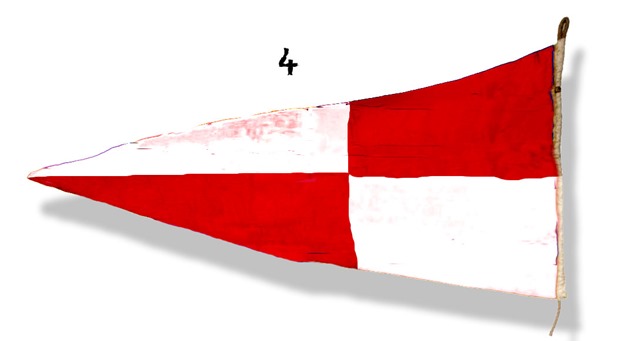 |
 |
 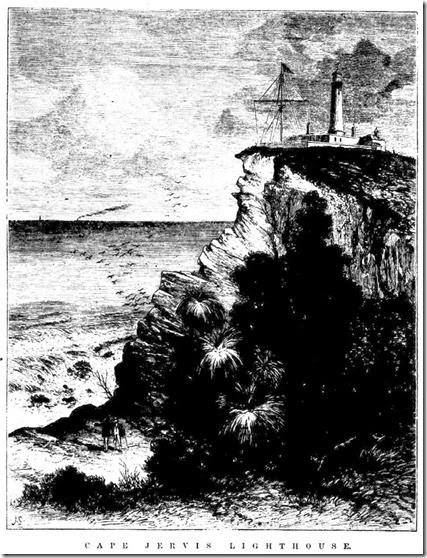 |

|
| The flags above would be of the type flown from the Cape St George flagstaff seen in the photo and illustrations above, they would be flown to help passing ships identify their location. |
12 January 2016
Firefly sonar scan
| Above is a sonar scan of the remains of Fairy Firefly VX381. |
During navigational training on the 27th November 1956 two Fairy Firefly aircraft collided over Hare Bay within Jervis Bay. Fairy Firefly VX 381 crashed into Hare Bay, the crew survived. Fairy Firefly WD 887 has never been located to this date and the crew unaccounted for.
The wreckage of VX 381 was located in 1983 by Charlie Pickering while diving for Scallops, the wreckage is located in about 13 metres of water. Charlie told me he was scouring the bottom looking for scallops when in the green gloom he saw a big cross shape rising from the bottom, approaching cautiously he soon realised he had found a plane. Shortly after, we dived the plane with Charlie, the plane was basically intact with all the instruments and equipment still inside - one wing was half buried under the sand the other was raised a few feet above the sand. Other divers over many years have stripped most of the parts off the plane. We dived it quite often over the next 10 years, usually dropping in on the way back to the Callala Bay boat ramp...The area is subject to green water compared to most of the bay, but I have been lucky enough to have dived it a few times when you could see the plane right after leaving the surface. |
11 January 2016
Wreck of the Coonatto.
 | |||
| Back in March 2014 I posted a short story about the wreck of the Coonatto, that post came about because the Maritime Museum has on display the beautifully carved figurehead from the Coonatto. The figurehead is part of the “Halloran Collection”. The museum is very fortunate in being able to display and share this wonderful artefact with our visitors. | |||
 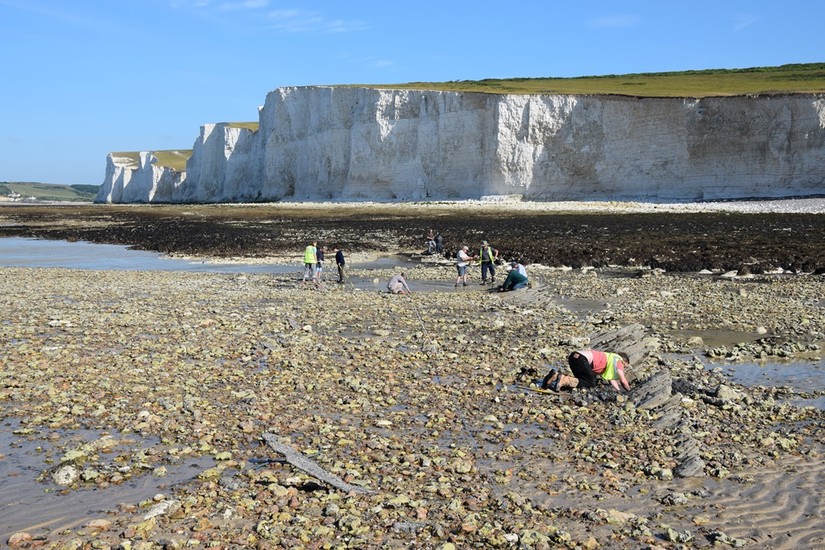 Photographs – Citizan - http://www.citizan.org.uk/resources/key-zones/south-east/wreck-coonatto-crowlink-birling-gap/ | |||
| This coming year he will be attempting to create a 3d model of the remains of the ship using photogrammetry. | |||
| |||
| This sounds like it could be an interesting project for us to be involved in, and might open up many more possibilities for displaying our collection in a very unique and fascinating way. | |||
| Previous Post about the Coonatto. | |||





